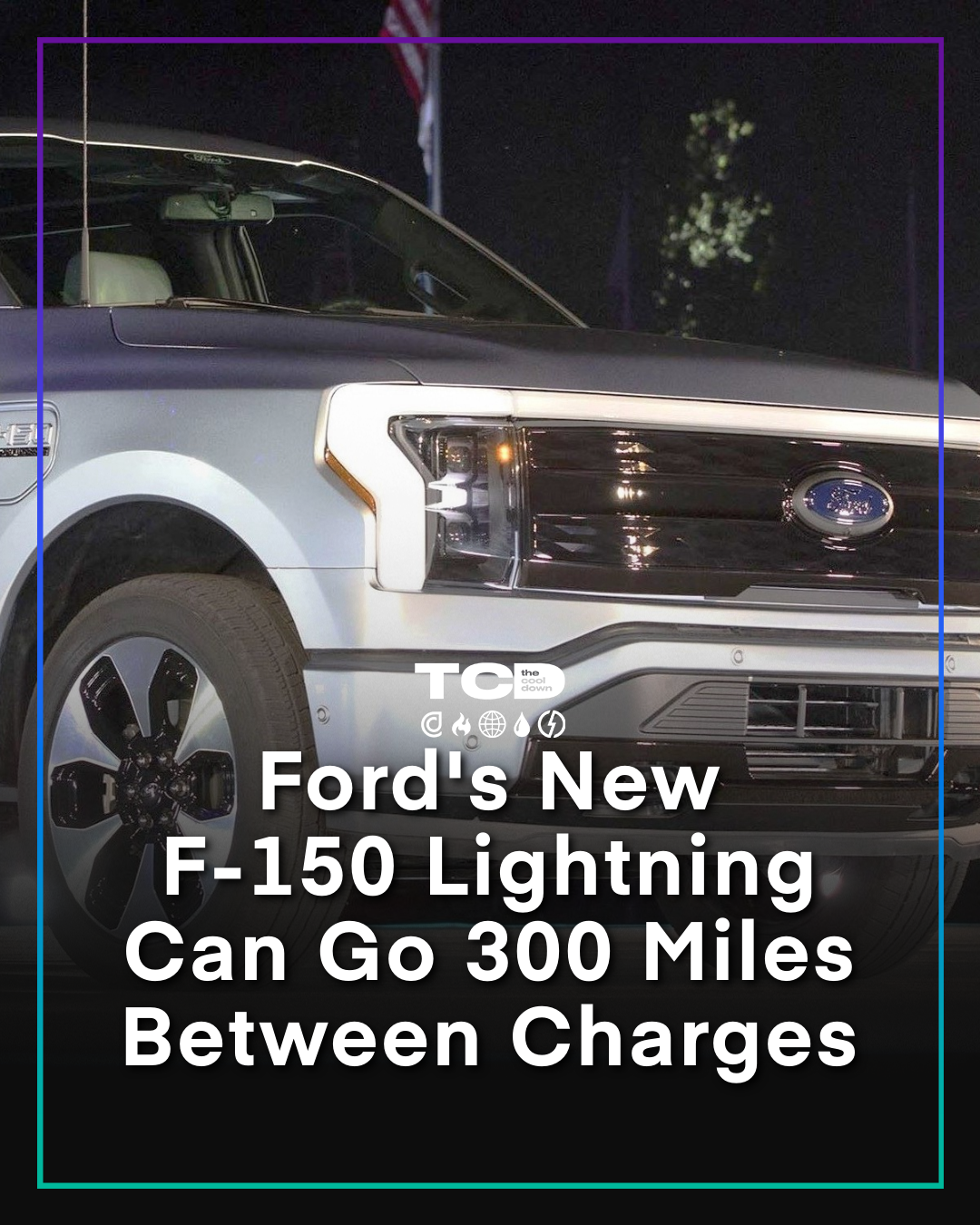Setup
The focus of the test was how automakers should balance mainstream and EV-specific value props when marketing electric pickup trucks. To that end, the two assets were designed to test performance across the following A/B split:
- AMessaging strategies focused on payload capacity
- BMessaging strategies focused on battery range
 A
A
 B
B
Test Results
Attention Share and Engagement Share reflect the percentage of test-wide scoring accounted for by individual variants or demographics. Read more below in the Methodology section.
Aggregate Insights
The two messages produced comparable attention at the top of the funnel, but the battery range message produced markedly more consumer engagement.
The strong engagement preference for battery range suggests that reliability and range anxiety are top of mind for potential EV purchasers, even when the vehicle under consideration doesn't fit the stereotype of a conventional EV.
Further testing could marry both value props in one asset to explore whether a combined approach produces better results than either message individually.
Gender-based attention and engagement shares reflect the relative attention or engagement per gender for each variant. Read more below in the Methodology section.
Gender Insights
The test population skewed toward male participants, who demonstrated a strong engagement preference for battery range messaging.
With a smaller sample size, female participants paid much more attention to the battery range message but engaged much more readily with the hauling weight message.
Further testing could specifically target female participants to determine whether the directional data from this sample holds true at scale.
Age-based attention and engagement shares reflect the relative attention or engagement per age bracket for each variant. Read more below in the Methodology section.
Age Insights
Participants over the age of 55 demonstrated the strongest attention and engagement preference for the battery range message.
Attention to and engagement with the hauling weight message were strongest among participants under the age of 34, who still demonstrated an overall engagement preference for the battery range message.
Further testing could marry both value props in one asset to explore whether older and/or younger audiences respond better to a combined approach than to either message individually.
Methodology
This test was conducted with two message variants and a prequalified TCD audience of 6,472 likely adopters. Among those participants, 3.3% paid measurable attention to the test assets and 1.4% registered measurable engagement.
Attention Score measures the likelihood that a message will capture eyeballs in the wild. It’s calculated using the rate at which test participants respond to a CTA to learn more about the subject.
Engagement Score measures the likelihood that a message will elicit a meaningful response from the audience. It’s calculated using a proprietary algorithm that weights measurable metrics — shares, saves, likes, etc. — in a way that has proven to be meaningfully correlated (r > .5) to real-world conversion behavior.
Attention Share and Engagement Share reflect the percentage of test-wide scoring accounted for by individual variants or demographics. For example, an engagement share of 25% means the variant or demographic in question accounted for 25% of the cumulative engagement score produced by all segments in the test.







